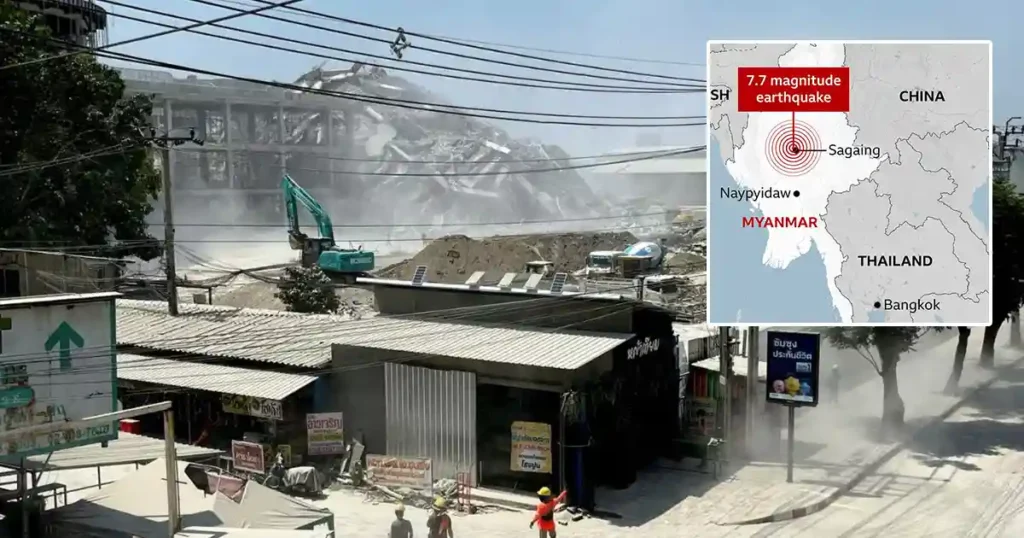Introduction
On March 28, 2025, the deadliest earthquake in Myanmar or Thailand measuring 7.7 on the Richter scale struck, shaking the region with devastating force. The tremors were felt across several neighboring countries, leading to widespread panic and destruction. This article provides a comprehensive analysis of the earthquake, its impact, rescue efforts, and lessons for the future.
Details of the Earthquake
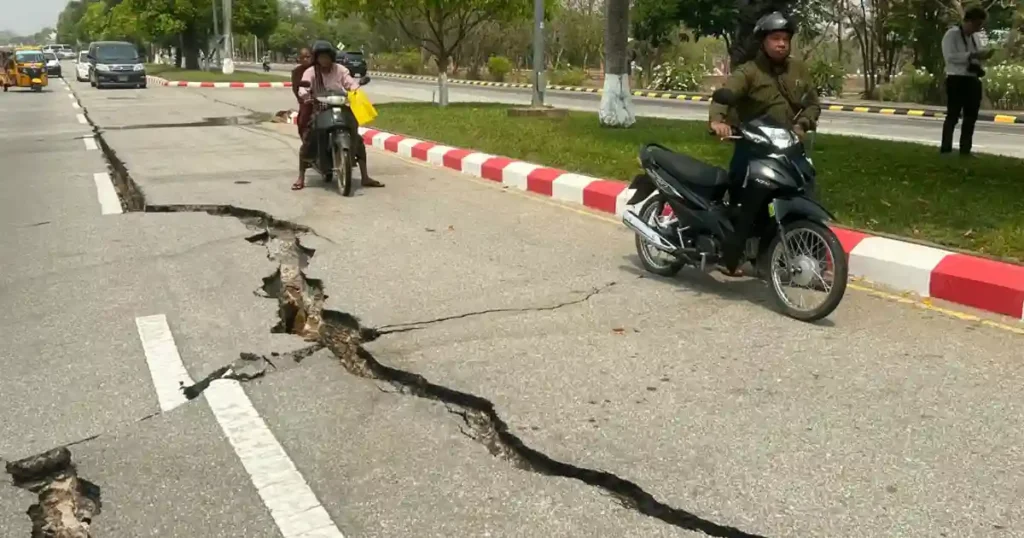
Magnitude and Epicenter
The earthquake occurred at 12:50 PM local time (06:20 GMT) with its epicenter located 16 km northwest of Sagaing, Myanmar, at a depth of 10 km. This region lies on the Sagaing Fault, one of the most seismically active zones in Southeast Asia. The strong tremors were felt in Myanmar’s second-largest city, Mandalay, as well as in Thailand’s capital, Bangkok.
Aftershocks and Seismic Activity
Following the main shock, multiple aftershocks were recorded, the strongest being a 6.4-magnitude tremor that occurred just an hour later. These aftershocks further exacerbated the damage, causing additional collapses of already weakened structures.
Impact on Myanmar and Thailand
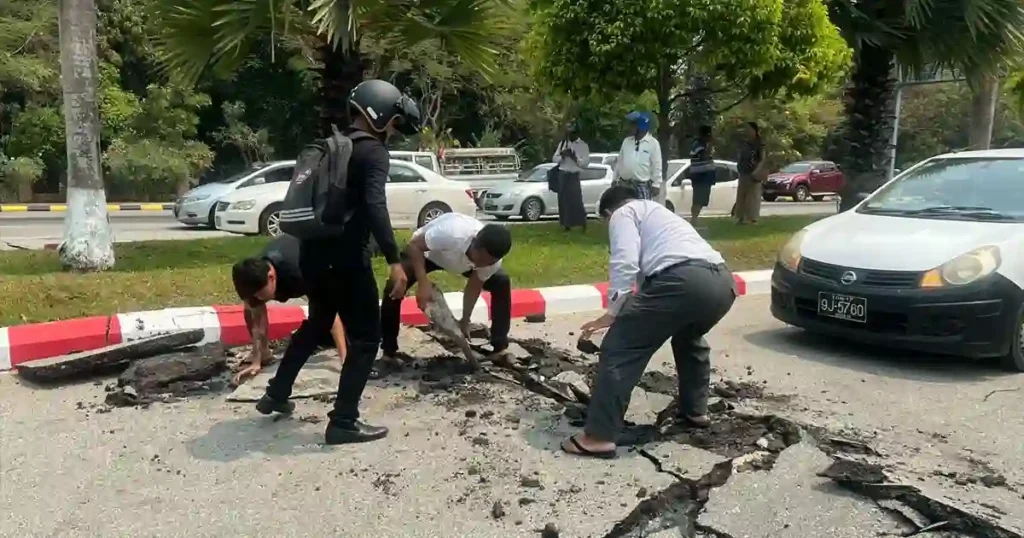
Myanmar: The Hardest-Hit Region
Myanmar suffered the most significant damage, with initial reports confirming at least 144 deaths and over 700 injuries. The worst-hit areas included Mandalay, Sagaing, and surrounding regions. Several buildings, including a major hospital in Mandalay, collapsed, trapping dozens inside.
Historic sites such as ancient Buddhist temples in Bagan sustained severe damage, with many pagodas crumbling under the quake’s force. The Myanmar government declared a state of emergency in six regions and called for international aid to assist in rescue and relief efforts.
Thailand: Structural Damage and Casualties
Although Thailand was not as severely impacted as Myanmar, the effects of the earthquake were still significant. In Bangkok, the tremors caused a partially constructed 30-story government office building to collapse, killing at least eight people and leaving 110 missing.
Authorities reported structural damage to 169 buildings in Bangkok, most of them under construction. The city experienced one of the strongest tremors in its history, causing widespread fear among residents who rushed to open spaces.
Rescue and Relief Efforts
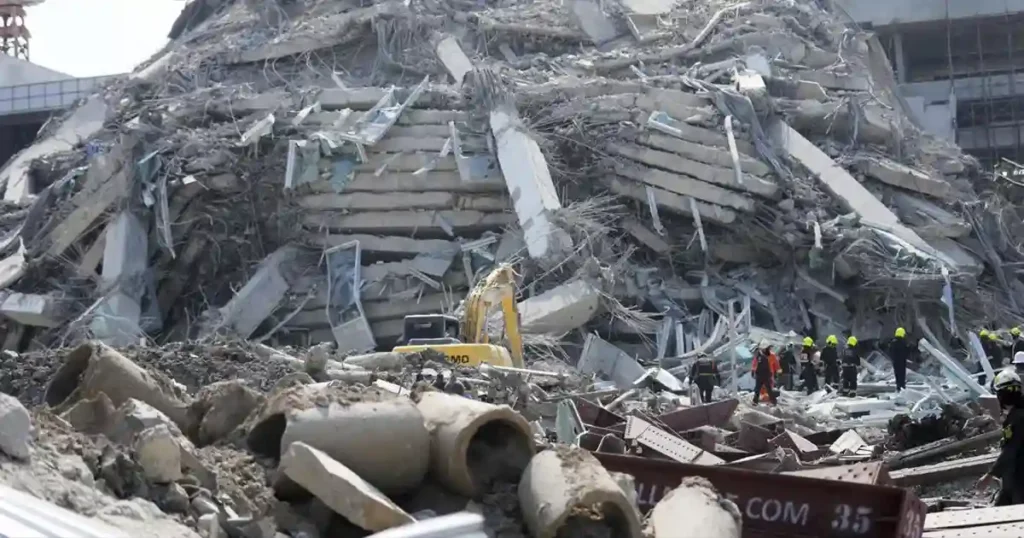
Immediate Response
Emergency response teams in both Myanmar and Thailand acted swiftly to conduct search and rescue operations. In Myanmar, the military and local volunteers worked tirelessly to pull survivors from the rubble. In Thailand, firefighters and emergency personnel continued to search for those trapped under collapsed structures.
International Aid and Assistance
The international community responded promptly, with the United Nations and the World Health Organization (WHO) sending medical supplies, food, and emergency relief teams. Several neighboring countries, including China and India, dispatched rescue teams and financial aid to support recovery efforts.
The Science Behind the Earthquake
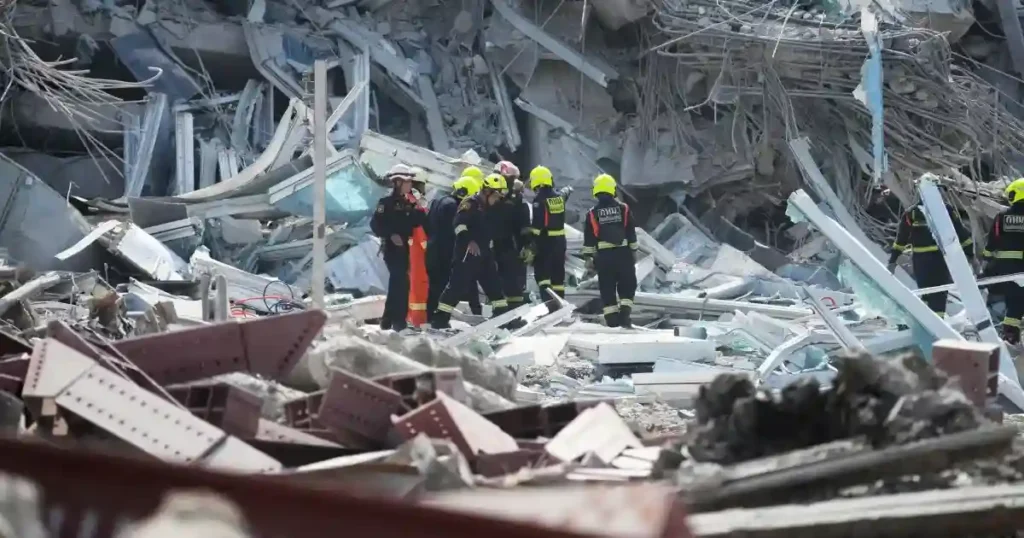
Tectonic Activity in the Region
The earthquake was caused by the movement of the Indian and Eurasian tectonic plates along the Sagaing Fault, a highly active seismic zone running through central Myanmar. This fault line has historically been responsible for numerous earthquakes in the region.
Why Was the Damage So Severe?
- Shallow Depth: The earthquake originated at a depth of just 10 km, making its impact on the surface more intense.
- Poor Infrastructure: Many buildings in the affected regions were not designed to withstand high-magnitude earthquakes, leading to widespread collapses.
- Densely Populated Areas: The earthquake struck near major urban centers, increasing casualties and destruction.
Future Preparedness and Mitigation Strategies

Earthquake-Resistant Infrastructure
One of the primary lessons from this disaster is the need for improved earthquake-resistant construction. Governments should enforce stricter building codes to ensure structures can withstand seismic activity.
Early Warning Systems
Developing and implementing advanced earthquake early warning systems can help mitigate casualties by giving residents enough time to seek safety. Such systems rely on seismic sensors that detect initial tremors before a major quake strikes.
Public Awareness and Training
Educating citizens on earthquake preparedness and response strategies is crucial. Regular emergency drills and awareness campaigns can help reduce panic and improve response efficiency during future disasters.
Conclusion
The March 28, 2025, deadliest earthquake in Myanmar or Thailand was a tragic reminder of the unpredictable nature of seismic events. While rescue operations continue and recovery efforts are underway, this disaster underscores the urgent need for improved infrastructure, early warning systems, and public awareness. By learning from this catastrophe, both nations can better prepare for future earthquakes and minimize their devastating impact.
